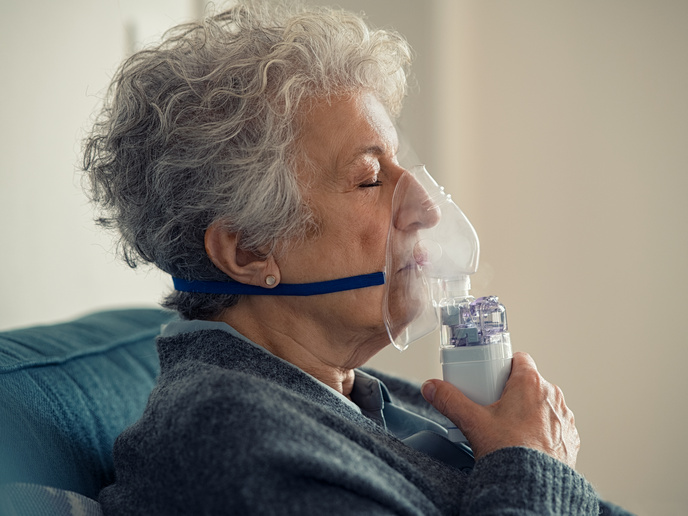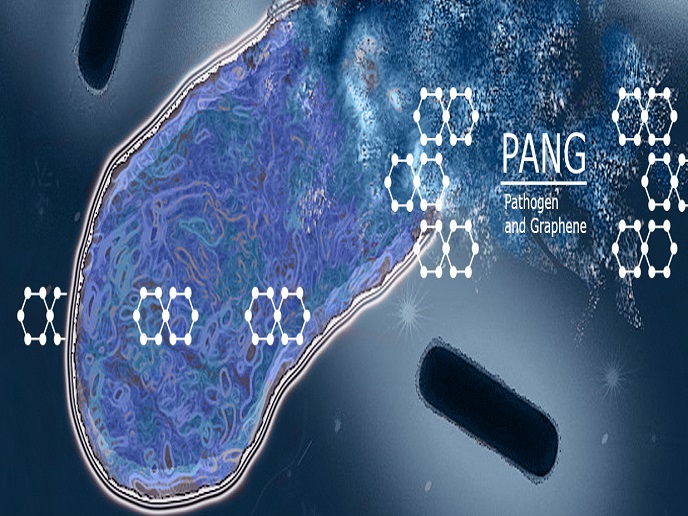Innovative method to help doctors tackle antibiotic resistance in patients
Appropriate antibiotic prescribing is one of key steps necessary to prevent the development and spread of antibiotic-resistant bacteria. However, a major hurdle to this goal is the fact that clinicians are currently unable to rapidly and accurately distinguish between a viral and bacterial infection. Patients suffering from a viral infection may not require antibiotics, but may be prescribed them if the clinician suspects a bacterial infection. The issue with the two infections presents a dilemma. On the one hand, patients may die if they are not prescribed antibiotics when actually required. On the other, the indiscriminate use of antibiotics may lead to the development of antimicrobial resistance (reducing antibiotic treatment options in the future) and cause avoidable side effects for the patient. The EU-funded TAILORED-TREATMENT(opens in new window) project set out to “develop rapid and accurate diagnostics that would help clinicians tailor their antimicrobial prescribing practices to individual patients,” says Dr John Hays, the project’s coordinator. Treatment regimens customised for the needs of children and adults Project partners employed state-of-the-art molecular techniques to generate transcriptomic, proteomic, genomic and microbiome data. All this data was collected in a single database designed to identify novel interactions that would help identify patients with a particular type of bacterial or viral infection. The purpose was to discover new biological markers (biomarkers) of infection and develop new computer tools enabling clinicians to tailor their antibiotic therapy in an appropriate and effective way to patients. Scientists recruited 1 222 Dutch and Israeli patients ranging from infants under 12 months to the elderly suffering from respiratory tract infections and/or sepsis for an extensive clinical study. Analysis indicated that the inappropriate use of antibiotics was found in 41 % of viral infections. Protein- and RNA-based host response signatures were developed by computationally combining multiple biomarkers that can identify different types of infections while overcoming the challenge of patient diversity. The best performing single protein biomarker was TNF-related apoptosis-inducing ligand (TRAIL). The signature with the highest precision included both viral- and bacterial-induced proteins: TRAIL, Interferon gamma-induced protein-10 and C-reactive protein. Mass spectrometry was used to identify relevant protein biomarkers for use in bacterial species, strain and antimicrobial resistance identification. In addition, existing MS-proteomics methodologies were optimised for rapid pathogen detection, identification and for the analysis of the expression of antimicrobial resistance genes. Lastly, a novel microbiota sequencing platform (MYcrobiota) was developed that facilitates the implementation of microbiota diagnostics from the research environment into the clinical diagnostic laboratory. “We are one step closer to the development of rapid diagnostics that will allow for tailored antibiotic therapy by clinicians,” notes Dr Hays. “The quick identification of pathogens or pathogen types by rapid diagnostics can help prevent or even reverse the increasing incidence of worldwide antibiotic resistance.” Novel algorithms for patient diagnosis and disease monitoring TAILORED-TREATMENT generated novel algorithms to help rapidly diagnose if a sick child or adult is suffering from a bacterial or viral infection, both or neither. “Such algorithms and their implementation in the clinic will allow clinicians to rapidly assess whether a patient requires antibiotics or not, therefore helping to reduce antibiotic overprescribing,” concludes Dr Hays. “The effective implementation of rapid diagnostic testing will help reduce the 400 000 patients in the EU and the 2 million people in the United States who become infected with antibiotic-resistant bacteria each year.” A biomarker patent has been submitted. Biomarker combinations are currently being commercialised as diagnostic kits so they can be used in emergency departments and hospitals.







